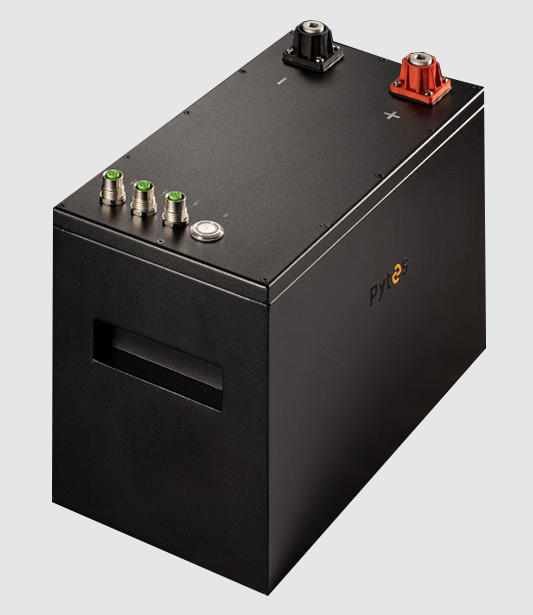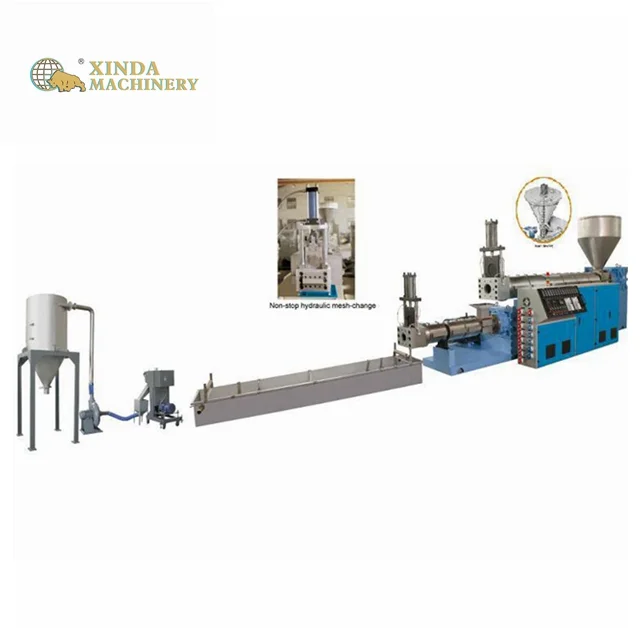Unraveling the Geological Intrigue: The Multifaceted Formation of Skarn Deposits
In the intricate tapestry of geological processes, skarn deposits stand out as a fascinating chapter, blending complex rock interactions, fluid migrations, and mineral precipitation into a rich orebody narrative. To understand how these deposits are formed, we must delve into the symphony of tectonic activity, magmatism, and metamorphism that orchestrates their genesis. This blog post aims to demystify the multifaceted formation of skarn deposits, offering insights that resonate with both geological enthusiasts and professionals alike.
The Basics: Defining Skarn Deposits
Before exploring their formation, it's crucial to establish what skarn deposits are. Skarns are metamorphic rocks formed through the contact metamorphism of limestone or dolomite (carbonate rocks) by heat and fluids released from intruding igneous rocks, typically granites or diorites. These rocks are characterized by a distinctive mineral assemblage, often including garnet, pyroxene, wollastonite, and other silicate minerals, which give them their diagnostic texture and composition.
Stage 1: The Inception of Contact Metamorphism
The journey of skarn formation begins with the intrusion of magma into the crust. When magmatic intrusions, such as granite plutons, pierce through carbonate-rich strata, they bring with them immense heat and chemically active fluids. This initial contact triggers contact metamorphism, where the surrounding carbonate rocks begin to transform under the influence of high temperatures and fluid infiltration.
- Thermal Effect: The heat from the magma raises the temperature of the carbonate rocks, altering their mineralogy.
- Fluid Interaction: Magmatic fluids, enriched in silica, aluminum, iron, calcium, and magnesium, react with the carbonate minerals (calcite, dolomite), leading to the breakdown and replacement of original minerals.
Stage 2: Mineral Replacement and Skarn Formation
As contact metamorphism progresses, a series of mineralogical replacements takes center stage. Carbonates undergo decoupling, where calcium and magnesium are liberated and combine with silicon and oxygen from the magma-derived fluids to form new silicate minerals.
- Garnet and Pyroxene Formation: Under reducing conditions, calcium and aluminum-rich fluids crystallize into garnet, while magnesium and iron-rich fluids precipitate pyroxene. These minerals are hallmarks of early-stage skarn formation.
- Prograde Metamorphism: As metamorphism intensifies, higher-temperature minerals like wollastonite and clinopyroxene may form, reflecting the progression towards more extreme conditions.
Stage 3: Fluid Migration and Ore Deposition
The dynamic interplay between metamorphic fluids and the surrounding rocks doesn't stop at mineral replacement. These fluids continue to migrate through fractures and pores, transporting metals like copper, zinc, tungsten, and molybdenum.
- Hydrothermal Activity: As fluids cool and decompress, they become more soluble, allowing metals to precipitate out in favorable environments.
- Ore Mineralization: In specific zones where fluid chemistry, temperature, and pressure conditions converge optimally, ore minerals such as chalcopyrite (CuFeS2), sphalerite (ZnS), and molybdenite (MoS2) form, enriching the skarn with economically valuable commodities.
Stage 4: Post-Metamorphic Modifications
Finally, the skarn deposit may undergo further modifications during post-metamorphic processes, including alteration by later magmatic events, tectonic activities, or weathering. These post-formation changes can either enhance or obscure the original skarn textures and mineralization patterns.
- Retrograde Metamorphism: Cooling of the rock mass can lead to the formation of lower-temperature minerals, altering the skarn's mineral assemblage.
- Hydrothermal Overprint: Subsequent hydrothermal activity may introduce new minerals or redistribute existing ones, complicating the deposit's geological history.
Conclusion: A Symphony of Processes
The formation of skarn deposits is a testament to the intricate dance of geological processes, where tectonic forces, magma intrusions, fluid dynamics, and mineral chemistry converge to create a unique geological treasure trove. Understanding this complex interplay not only enriches our knowledge of Earth's inner workings but also guides exploration strategies for vital mineral resources.



